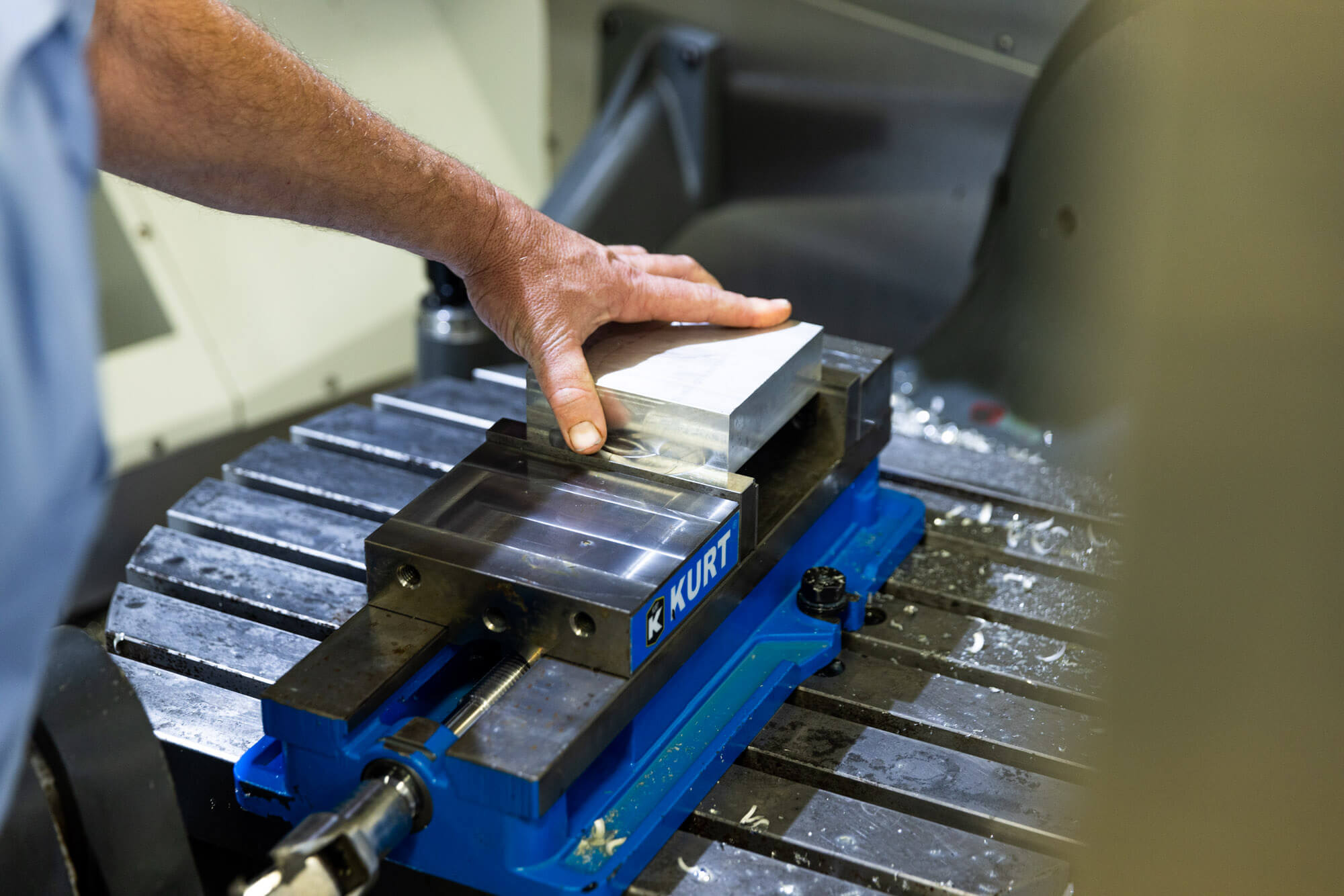Prototyping For Design & Engineering Validation
Transition the product development process from engineering prototype to engineering validation, design verification, and production verification.
Use Engineering Prototypes To Ensure Design For Manufacturability
Product validation testing is crucial during the various stages of product development to yield essential test and analysis results. Initially, it is imperative to construct an engineering prototype, which comprises components that merge engineering and design principles to accurately represent the final product. These pilot production prototypes, often manufactured through rapid prototyping, undergo rigorous testing and evaluation to validate product design, engineering, and manufacturability.


Prototype Engineering Focuses On Optimizing Mass Production
During later phases of product development, the convergence of design and engineering necessitates the use of engineering prototyping and testing to identify any issues. By identifying areas for improvement and iterating on the design before investing in costly tools and initiating production, the future production process can be optimized for smoothness and reliability.
To ensure that the design meets the required product specifications and performance standards, a range of verification tests are conducted. These include basic functional testing, assessments of manufacturing processes, measurements of performance parameters, and verification against certification standards. The ultimate objective is to confirm that the design has been effectively implemented in the production process.
Choose The Right Prototype Partner For Your Design & Engineering Validation
- An engineering team with expertise in varying manufacturing processes.
- Provides test parts similar to end-use products using CNC precision machining, rapid tooling, and injection moulding techniques.
- Assisting with CAD design reviews to ensure compliance with predetermined production requirements before prototyping or manufacturing.
- Solving engineering challenges by providing advice on the best component design based on material, process, and accuracy requirements.
- Anticipate potential production problems and optimize solutions quickly, saving time and money.
How To Test In 3 Different Engineering Validation Stages
Verification thorough process with synergizes design, engineering development, prototyping, and manufacturing. Its purpose is to conduct unbiased and comprehensive testing, ensuring that the product fulfills its intended design requirements, performance, specifications, and standards. Additionally, verification guarantees the ability to sustain mass production.
Engineering Verification Tests (EVT)
The EVT phase ensures that the product aligns with the design specification and functional requirements. EVT versions are derived from CNC machining, vacuum casting, or rapid tooling techniques. During this phase:
- Quantities produced typically range from 20 to 50 pieces.Parts must meet testing requirements in terms of material and mechanical properties.
- Assembly and in-use functionality are verified through stricter tolerances.Basic performance tests, such as power, thermal, and EMI, are conducted.
- Defects in design or process are identified.
- Opportunities for design or process improvement are determined.
- After implementing changes, a second EVT phase is performed.



Design Validation Testing (DVT)
DVT: Perfecting Quality and Reliability for Consistent Production
Our DVT phase is a comprehensive series of tests that guarantee product compliance with specifications, industry standards, and certifications. With a focus on refining tools and processes, we ensure consistent production runs using pre-production components that meet ideal testing requirements.
Key highlights of our DVT process:
- Production quantities typically range from 50 to 200 pieces, allowing for thorough testing.
All parts are sourced from molds or pre-production processes, ensuring accuracy and precision.
We meticulously evaluate the production process to ensure compliance with chemical and environmental requirements.
Our extensive reliability and compliance testing covers various aspects such as flame retardancy, drop resistance, waterproofing, battery safety, and more.
We meticulously verify product certifications and standards, catering to different countries or regions, including RoHS, CE, FCC, UL, and more.
Rapid failure analysis and corrective action enable us to address any issues promptly.
We optimize production schedules to ensure efficiency and timely delivery.
Production Validation Testing (PVT)
PVT is the first trial production run to identify flaws during each production line stage and evaluate optimization. The entire production line undergoes testing to ensure quality assurance.
- .Product quantity often exceeds 500 and are ideal for sale.
- .Tooling commences without changes.
- .Mass production validation (yield, time, target cost, rework time, etc.)
- .Design for Assembly (DFA) validation to optimize the assembly process and reduce time and cost.
- .Development and testing of Quality Assurance (QA) and Quality Control (QC) procedures.
- .Standard Operating Procedure (SOP) development and employee training procedures.

Your work turned out beautifully and they work even better than they look. We start meeting with the equipment companies tomorrow. Wish us all good luck so we can order more. Thanks